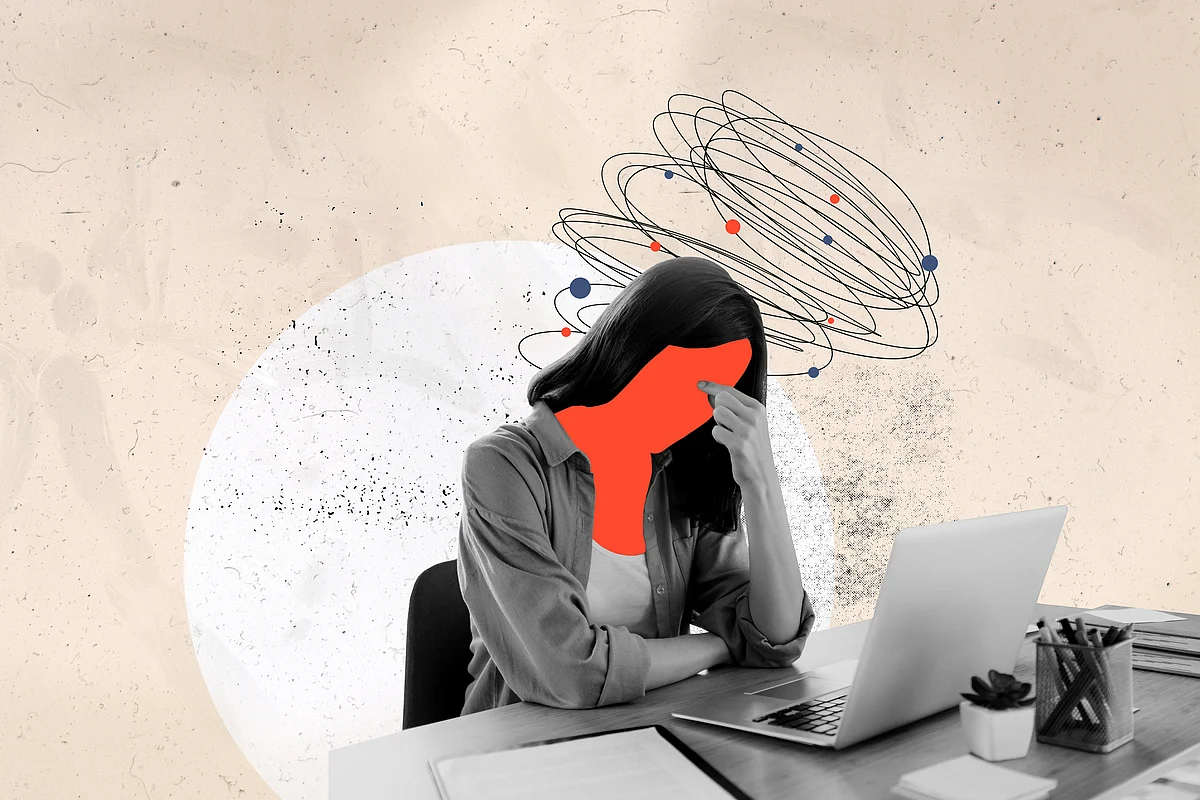The slow erosion of motivation
What does quiet-cracking look like?
The signs are subtle and slight. Yet, we need to read between the lines. As Suhaimi explains, there is a sense of persistent internal dissatisfaction. The person reports feeling chronically unfulfilled or emotionally depleted, despite a success. They are not necessarily job hunting but possibly quietly suffering. Moreover, there is a reduced emotional expression. “They may become less enthusiastic, less socially engaged, or avoid deeper workplace conversations. Their tone may be flat or ‘checked out’,” she explains.
Furthermore, there is a sustained, but restrained performance. Unlike typical burnout, which leads to productivity loss, quiet cracking may feature continued high output, at the cost of increased internal distress.
Sarah Brooks, the Managing Director of FikrahHR, notes that attention needs to be paid to subtle, cumulative shifts. It starts with education, signs and symptoms.
The HR Imperative: What employers need to know
Unlike traditional burnout, quiet cracking allows employees to meet expectations while their wellbeing deteriorates, says Suhaimi. “Left unaddressed, it can cost businesses millions through lost productivity, rising turnover, absenteeism, and mental health claims.” Worse still, it erodes the workplace culture, silently.
Brooks says that preventing quiet cracking starts with strategic, proactive HR leadership. ” It demands systematic changes rather than the more traditional wellness and quick fix approaches. Creating genuinely inclusive environments where multicultural teams thrive without sacrificing cultural or emotional wellbeing is pivotal to organisations combating it,” she says.
She outlines several key areas of focus:
· Training managers to identify stress that shows up physically, especially in cultures where direct emotional disclosure is rare
· Culturally sensitive detection tools and regular check-ins to spot quiet distress
· Inclusive, psychologically safe policy frameworks that support whistleblowing, anti-bullying, and flexible work
· Accessible mental health and wellness programs tailored to different cultural expectations
· Most importantly, senior leadership must buy in — not just in principle, but in practice.
Preventing quiet cracking means building a workplace where all employees — across cultures, identities, and roles, feel safe, seen, and supported. That’s not a one-day campaign. It’s long-term business resilience.
The HR wake-up call
Sonal Chiber, a senior corporate communications consultant, at Mantra Care, a healthcare provider, echoes this. “The UAE has made commendable strides in prioritising mental health at the policy level—yet organisations must translate this into meaningful, everyday practices. This begins with normalising mental health conversations in the workplace. For instance, we encourage managers to go beyond KPI check-ins—to ask, “How are you really doing?”
She adds that digital wellness tool, like pulse surveys and anonymous feedback, are helpful, but only if leadership listens. Ask the real questions. Go beyond tasks and check in on people. Not just what they do—but how they’re doing.
As she says, preventing quiet cracking requires a well-being-first mindset—not just at HR level but across the leadership chain. In the UAE, where work-life integration is constantly evolving with remote and hybrid models, it’s vital to set clear expectations around working hours, availability, and digital boundaries.
Quiet cracking is loud if you want to hear it
The truth is, quiet cracking doesn’t happen overnight. It happens slowly, while we’re too busy being “fine” to stop and notice. That’s why emotional literacy at all levels of an organisation is non-negotiable.
As Kobeissi puts it, It’s time to look closer, not just at what employees produce, but what they carry. “Prevention lies in culture, not just check-ins. This is a loud invitation for all companies to make well-being part of the strategy and stop looking at it as a side-dish. When emotional fitness is embedded into how teams lead, decide, and relate—burnout stops being invisible.”
Lakshana is an entertainment and lifestyle journalist with over a decade of experience. She covers a wide range of stories—from community and health to mental health and inspiring people features.
A passionate K-pop enthusiast, she also enjoys exploring the cultural impact of music and fandoms through her writing.

